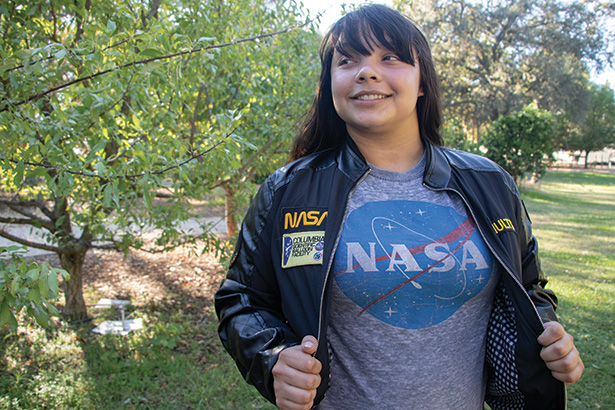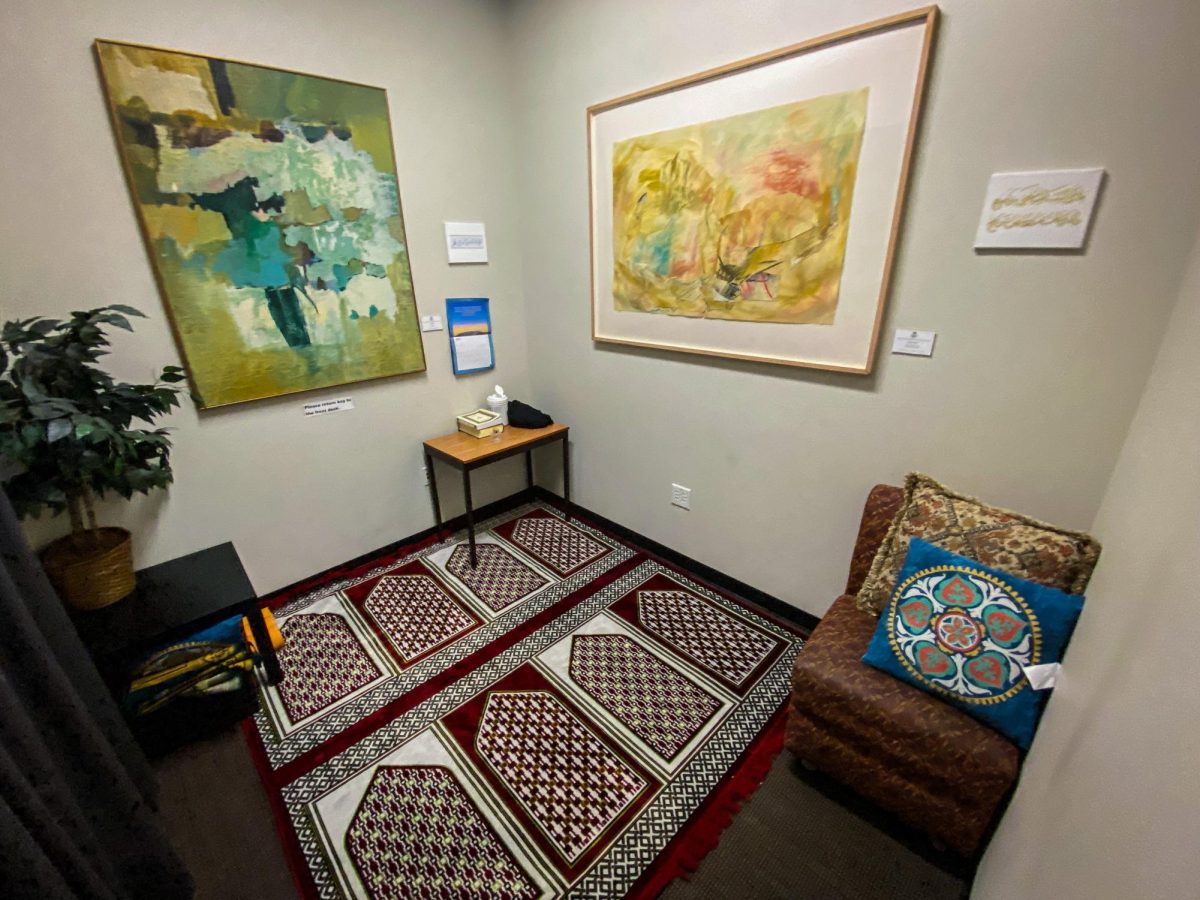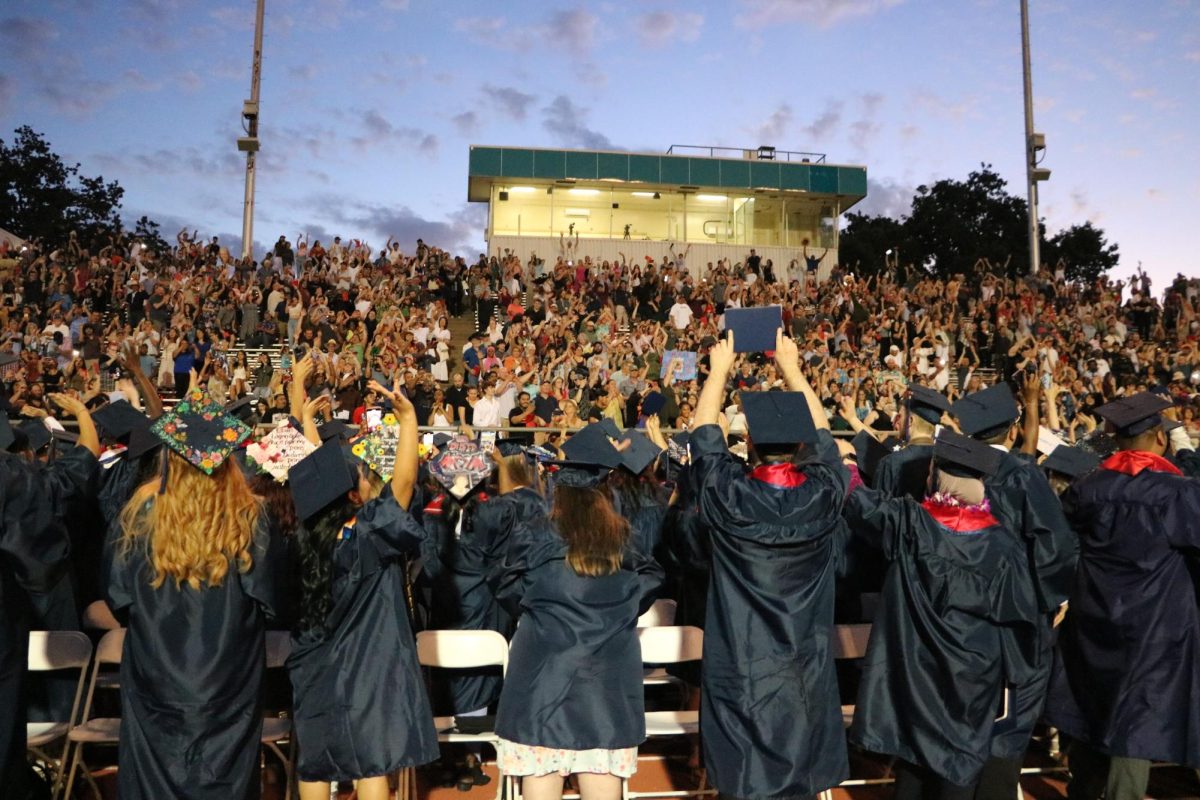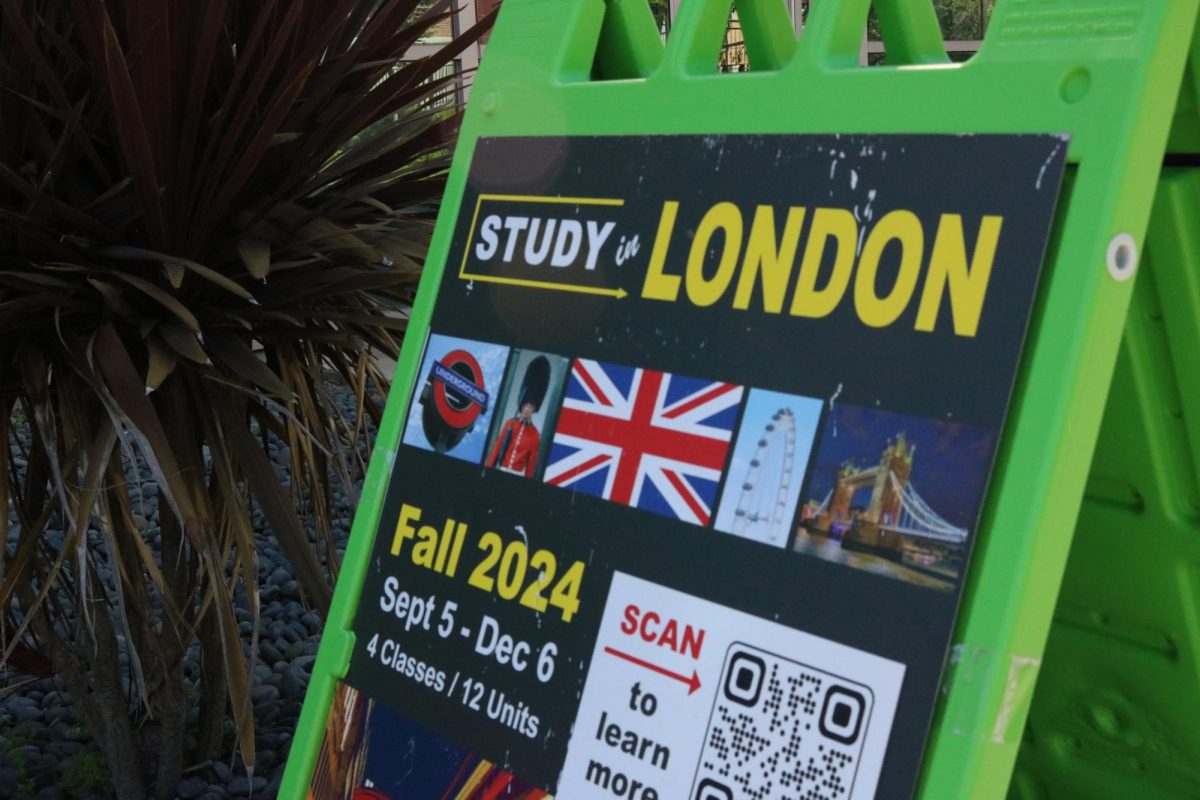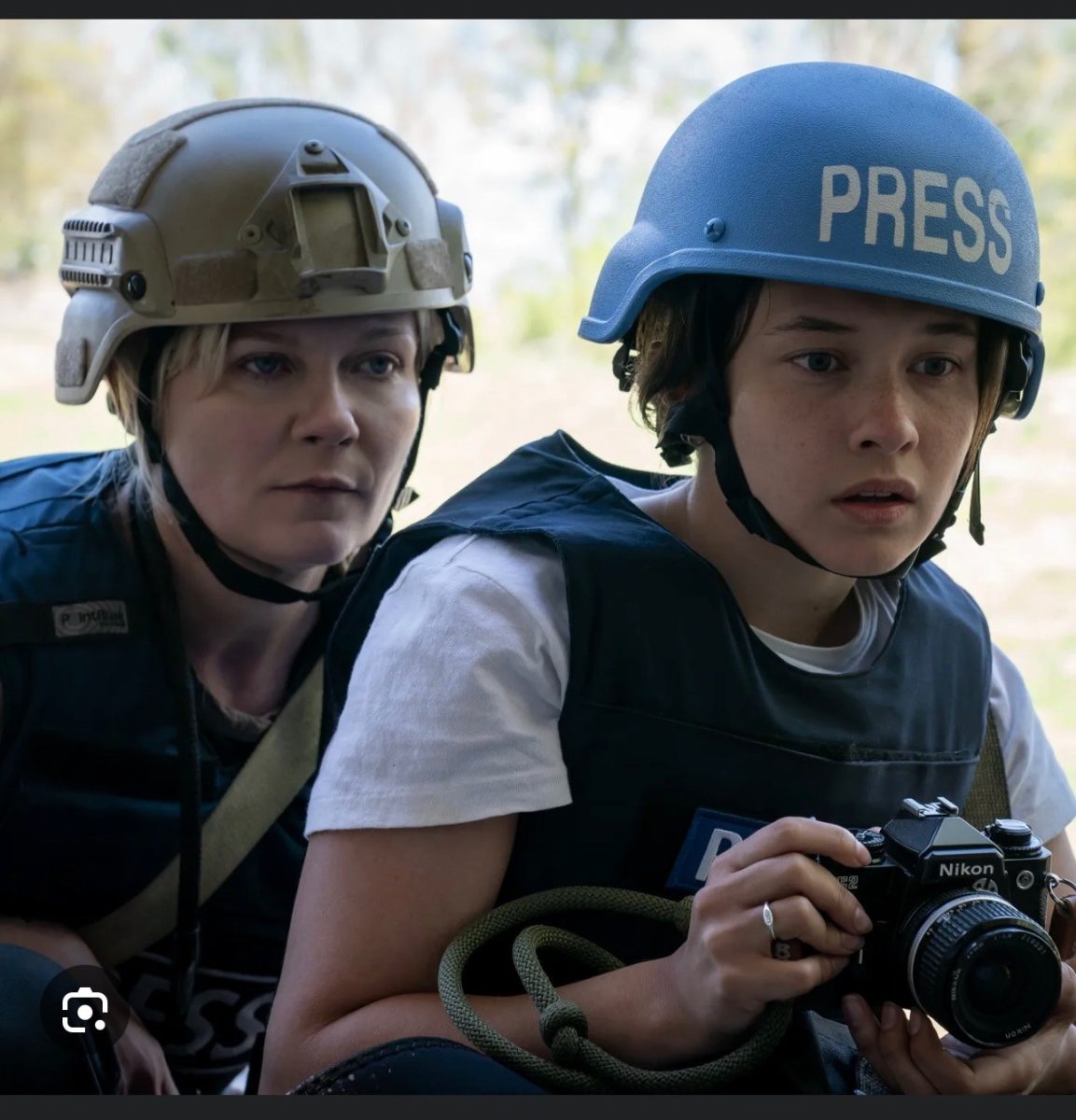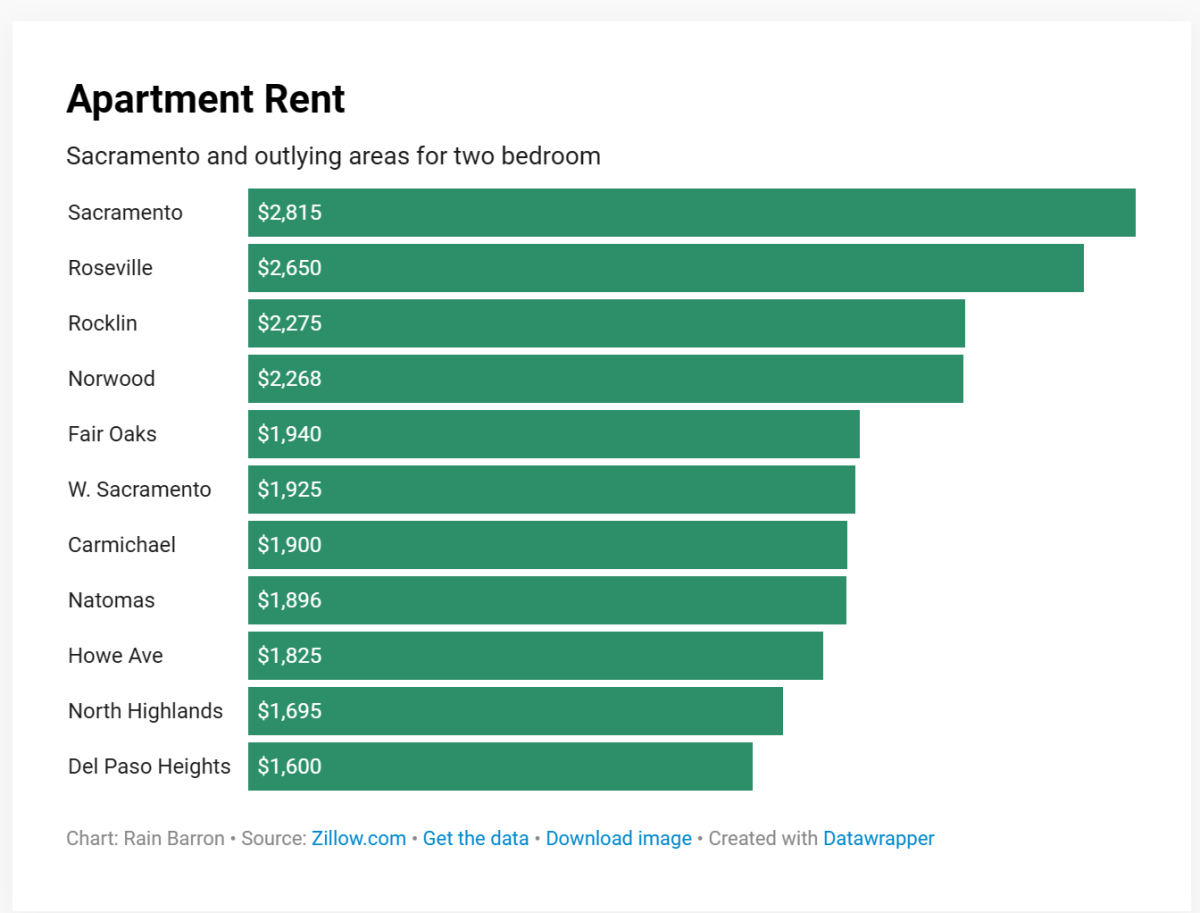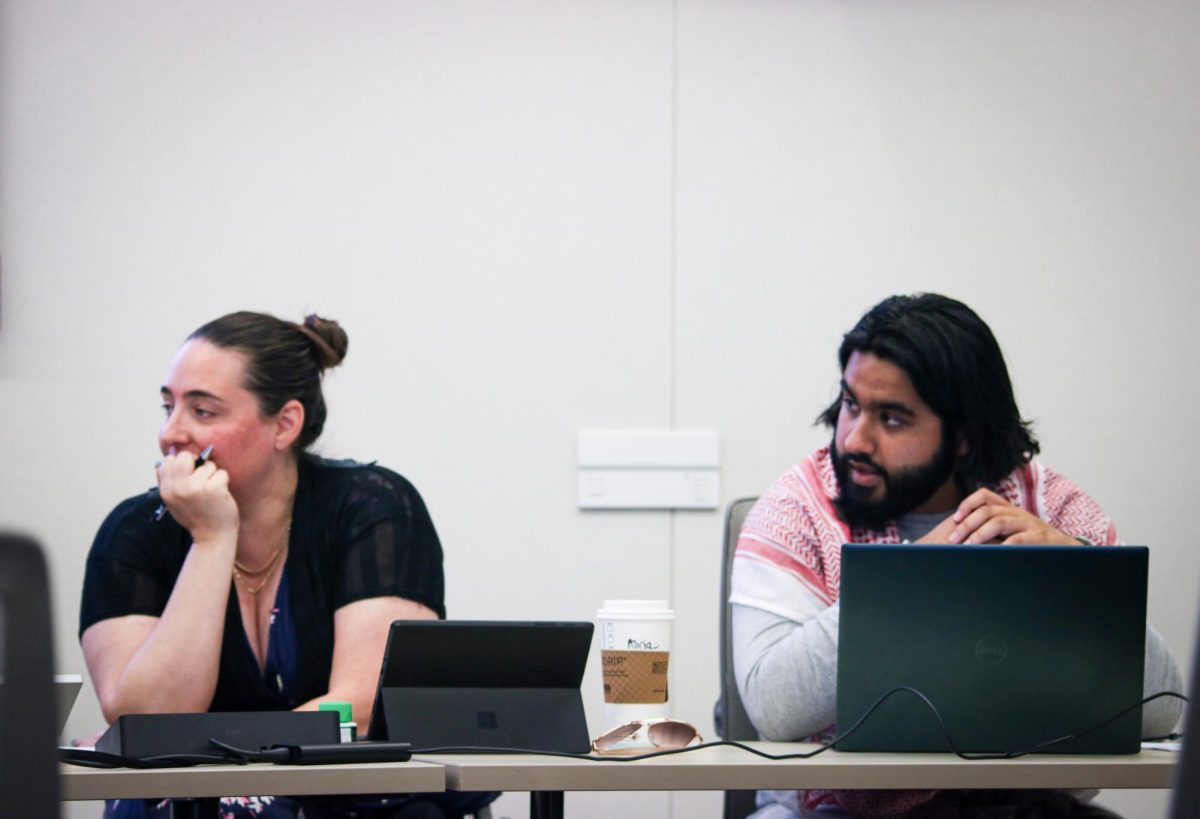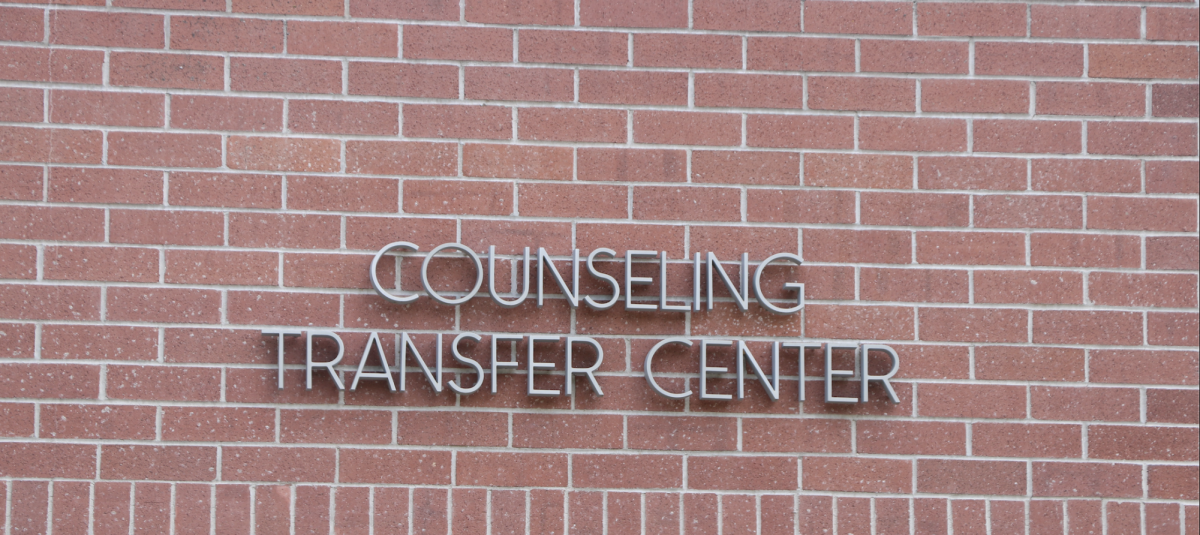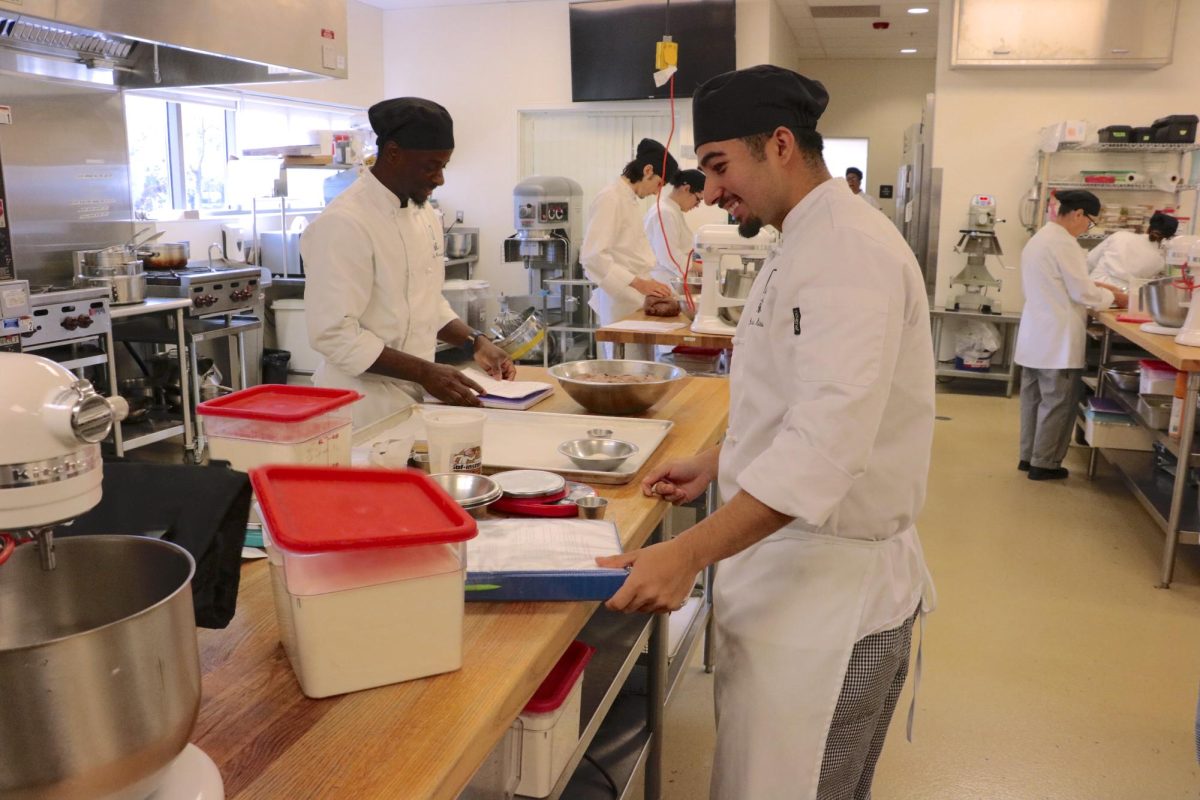Space may be the final frontier, but American River College has gotten closer than most. On Sept. 4, a team from ARC’s Astronomy and Physics Club launched a payload into “near space” from in Ft. Sumner, New Mexico as part of the High Altitude Student Program (HASP).
“[HASP] is designed to carry up to 12 student payloads to an altitude of about 36 kilometers with flight durations of 15 to 20 hours using a small volume, zero pressure balloon,” according to the HASP website. ARC’s proposal was part the few selected out of around 30 others.
Students worked on location at the National Aeronautics and Space Administration’s (NASA) Columbia Scientific Balloon Facility in Palestine, Texas for integration, where their payload, a gamma and X-ray detector they designed, was tested to see if it could withstand near-space conditions.
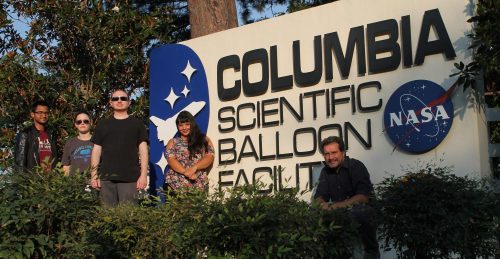
The team students worked for over 16 months to developing the payload they called Stratospheric Spectropolarimeter Gamma-X (SSGX), which detects and records gamma and X-rays in the stratosphere.
Stacey Burrows, an interdisciplinary science student and evolutionary biology major at ARC, served as the project leader and the club’s president last semester. Burrows had a large part in writing the 48-page proposal for the project and said the HASP project may have started within the club but that it has since taken on a life of its own.
“We have club meetings and officers and stuff like that but it’s kind of almost secondary to the project at this point,” Burrows said.
The project itself found its way to ARC through astronomy professor, Paulo Afonso, who according to Burrows, has been trying to get it started since 2014.
The project’s goal was to study the smaller, high energy radiation waves on the electromagnetic spectrum; gamma and X-rays, which could only be measured outside of the troposphere, according to Burrows.
“As long as we see clouds, we’re in the troposphere. Then you get to a place above the clouds where you’re going to have the ozone player and stuff like that, that’s the stratosphere,” Burrows said.
Within the troposphere, people are for the most part protected from gamma and X-rays, as they bounce off or get absorbed into the cloudlayer, Burrows said, but this also means that in order to study them, the team had to send the detector above the troposphere.
“The reason we’re studying [gamma and X-rays] is because Professor Afonso actually studies quasars, and what quasars specifically are are an active galactic nucleus, which means in another galaxy,” Burrows said. “It’s in the middle of the galaxy and it shoots out a lot of gamma and x-rays.”
The goal was to measure gamma and X-rays outside of the troposphere in order to see distant quasars, but the problem was that there is also background radiation from other larger electromagnetic waves in space.
“Imagine you’re trying to look at something really far away, but the only signature of that object also comes from other sources and the general background noise keeps you from seeing what’s coming from over there specifically,” Burrows said.
The solution to this was to measure the ambient background radiation and subtract it to measure the shorter waves leftover.
“So if you could send up a device and you could kind of measure what’s the ambient background noise,” Burrows said. “Then you’d calibrate it out and you’d see the source far away.”
Colleagues in Bologna, Italy provided the ARC team with a device to do just that. The Compact Array of Cadmium Telluride Micro Spectrometer (CACTµS) was developed in Italy and in 2002 it launched from Sicily in a balloon for a small study.
The problem was that the analog system that runs CACTµS was much too large to launch again through other programs, according to Burrows. They needed something small and digital.
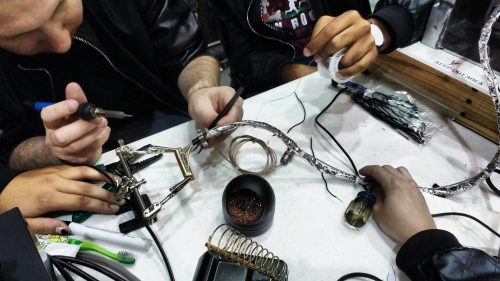
Alfonso, who had been following the project, found they needed a field-programmable gate array (FPGA) or a smaller complex programmable logic device (CPLD), which works much like a processor except it’s much quicker and more efficient.
“While it’s getting data, it’s interpreting data, it’s buffering data, it’s writing data, it’s doing all of this at once and it’s just kind of like an octopus. It has a lot of arms,” Burrows said.
All the CACTµS device needed was someone to design a CPLD that would be small enough to launch, which was who Afonso was looking for at ARC.
“In some ways, Professor Afonso’s been trying to do this for years. They were trying to get together an application, but they really didn’t have the technical know-how to go anywhere with it,” Burrows said.
That’s when Burrows and Justin Forrester stepped in to take on the project along with the other core members of the club, Jessica Shults, Neeraj Menon and Yaroslav Kaminskiy.
Forrester is a firmware engineer and graduated from Sacramento State University with a computer engineering degree. In March 2017, he began to design a prototype for a Data Acquisition Integrated Storage Interface (DAISI).
“DAISI is the [printed circuit board] itself, that we designed to receive voltage data from the detector,” Burrows said. “So a gamma ray comes in, it hits the detector’s array, the voltage is recorded, it gets read out by the ACD [analogue digital converter] and the CPLD and then stored on a SD card, like what’s in your phone.”
Once printed, DAISI had to be assembled by hand. Shults is an astrobiology major and used her limited soldering skills and steady artistic hand to put the board together.
“I’m the assembly technician, so I assembled the printed circuit board that was created by our computer engineer,” she said. “Which normally if you had a big corporation, a machine would do it.”
Shults also used her artistic skills to design logos for ASTER, the payload and the team logo for the launch crew. The team had her designs made into patches and wore them on team jackets.
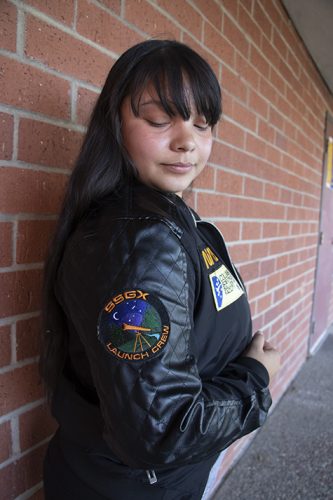
Menon, a computer science major, also designed a program with the help of Forrester. It processes the data provided by CACTµS and DAISI called the Aggregate Software for Technical Execution and Retrieval (ASTER).
“What ASTER does is… it plots and handles all of the data and that allows us to just handle more easily,” Burrows said. “So DAISI talks to CACTuS and then ASTER tells us about it.”
The team collaborated with ARC’s Design Hub to build the project and make sure the data survived when it crashed back to earth. They worked countless hours, in and outside of school, to design, build and test SSGX before integration in July 2018.
“So much of the project actually happened in my dining room,” Burrows said. “There’s been a lot of offsite work and extra hours. I could not even estimate how many hours we’ve put in this… it’s a ton of work.”
Once each school was at the NASA facility in Texas for integration, all schools tested their projects for the high pressures and low temperatures of near space. Shults said working around other prestigious schools and universities was intimidating.
“It’s really fun to talk to and see what everyone’s doing but it’s also really intimidating because you are right next to these universities that have like a million dollars in funding and they’ve got these crazy complicated experiments and we’ve got a mental box, with a detector,” she said.
According to Burrows, ARC was one of only two community colleges that participated in the project; the other was College of the Canyons, a community college in Santa Clara, California.
SSGX was initially accepted as a backup payload, only flying if one of the other larger payloads failed integration. When none of the others failed, SSGX was accepted as a piggyback, which meant room was made for it on the balloon.
“They took us as a piggyback because they had no real reason to tell us no,” Burrows said. “We weren’t maybe as big as some of these other schools, but we had all our ducks in a row, so to speak.”
Part of being a piggyback project meant the SSGX launch team didn’t have any live downlink telemetry, which meant no live data.
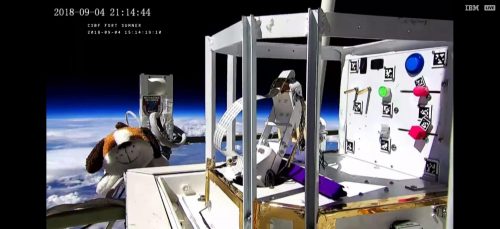
“[W]e were flying blind. We had no idea at all what was going on. Normally we would have been able to check every ten minutes, there would have been data record,” Burrows said. “This was totally plug it in and hope for the best. So that part of it was scary.”
During the week the team was in New Mexico, the launch was delayed every day due to high winds and bad weather. SSGX finally flew on Sept. 4, a day after the team had flown home to return to their classes, which were already well into the semester.
“We were disappointed for sure,” Shults said, of missing the launch. “But we had already missed the first two weeks of school. Plus we had already used all of the grant money we had accumulated just getting to integration and to launch.”
The launch team held its breath over the approximately 10-hour, live-streamed flight, according to Shults, hoping that the countless hours and over 16 months of work wouldn’t be wasted as SSGX fell to earth.
“[W]e were hoping that the aluminum housing that we had built would withstand [the G-forces of the fall] with enough to preserve DAISI,” she said. “We were just afraid that things were going to fly off and our welding wasn’t going to hold … but everything went better than expected.”
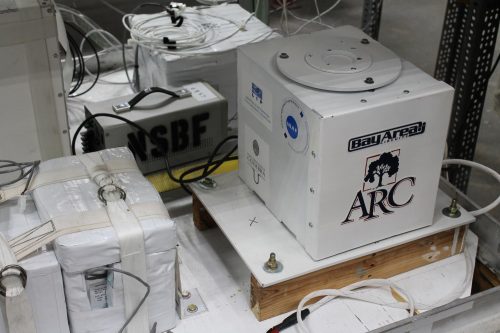
The launch proved successful for the SSGX team and news of the project has attracted new members to the Astronomy club. The group is already looking to the next project, a new detector and a higher resolution for a more accurate study of gamma and X-rays.
“With this project we essentially proved the concept. So we know DAISI works, we know she does everything she’s supposed to do and we know that we can use her in the future for any sort of detector,” Shults said. “[W]e can continuously upgrade and build upon what we’ve already built.”
Burrows said they’re in the beginning stages of starting the next project.
“We’ll be writing another [proposal] in the next couple of months. At this point I’m also writing proposals for grants to get more money to do more of this,” Burrows said.
Shults said she’s fully invested in the next project and feels optimistic about the research they’re doing.
“Think the most important thing is that what we were trying to do is something that’s among sort of the final frontiers of astrophysics and it’s very hard to do, which is why it isn’t done a lot,” she said. “What can I do with my tiny insignificant life that will help benefit humanity and propel it towards the future that it could have?”


